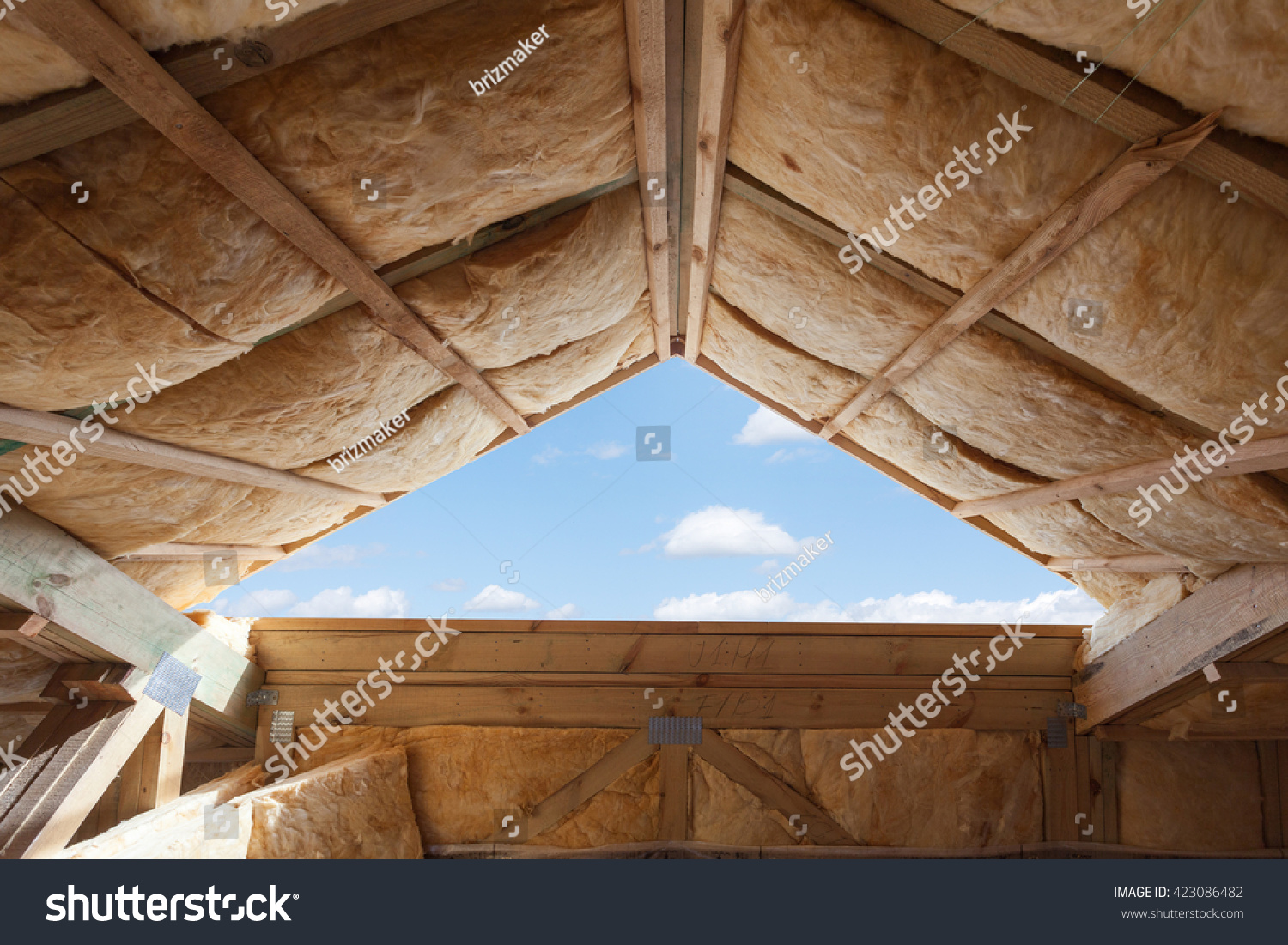Which Is Better: Spray Foam or Blown-in Insulation?

Adding insulation to your home is a great way to save money on energy bills and keep your home more comfortable year-round. There are a variety of insulation materials and methods available, and in some cases, you may want to use more than one type of insulation to get the best results.
Two types of insulation that are most popular are spray foam and blown-in insulation. But which one is the best choice between these two? Keep reading below to find out more.
The Advantages of Blown-in Insulation
One of the primary advantages of blown-in insulation is its ability to provide a complete air seal. This means that air and moisture are trapped within the insulation, creating an effective barrier against heat transfer. This can help to reduce your energy bills by preventing heated or cooled air from escaping through cracks and gaps in the structure.
Blown-in insulation also improves the overall comfort of your home. Because it is airtight, it can help to reduce drafts and create a more consistent temperature throughout the house. This is especially important in homes with large temperature fluctuations, as the insulation will help maintain a more consistent temperature.
The Advantages of Spray Foam Insulation
One of the biggest advantages of spray foam insulation is its ability to provide superior energy efficiency. Spray foam insulation is designed to create an air-tight seal around your home or business, providing an extra layer of protection against energy loss. Spray foam insulation also helps keep warm air in and cool air out during the summer and winter months. This can drastically reduce energy costs, helping you to save money on your monthly utility bills.
Spray foam insulation can also help improve comfort levels in your home or business. The air-tight seal created by spray foam insulation helps regulate temperature levels, providing a more consistent and comfortable environment. This can make a huge difference in the comfort levels of any space.
Using Both Blown-in Insulation and Spray Foam
If you want to upgrade your home’s insulation, you may consider combining blown-in insulation and spray foam. Both insulation types have their unique benefits, and when combined, they can provide a more effective insulation system for your home.
When these two types of insulation are combined, the result is a much more effective and long-lasting insulation solution. Blown-in insulation effectively seals air leaks, while spray foam insulation prevents heat transfer. Together, they provide a complete solution that is both energy efficient and long-lasting.
In addition, combining blown-in insulation with spray foam insulation also helps to improve the overall air quality in your home. Blown-in insulation is made of non-toxic materials, while spray foam insulation is made of an inert mixture of chemicals that won’t release any harmful gases into the air. This makes it a great option for homes with allergies and asthma.
Overall, combining blown-in insulation with spray foam insulation is a great way to improve your home's energy efficiency and air quality. It is an effective and long-lasting solution that can help you save money on your energy bills and make your home more comfortable.
Conclusion
Combining blown-in insulation with spray foam insulation is a great way to improve your home's energy efficiency and air quality. Blown-in insulation is effective at sealing air leaks, while spray foam insulation prevents heat transfer. Together, they provide a solution that is both energy efficient and long-lasting. In addition, these two types of insulation are non-toxic and won't release any harmful gasses into the air, making them an excellent option for homes with allergies and asthma.
If you need help with insulation in Miami, you can contact us at Atlas Insulation. Our team of experts can make sure your home is fully insulated, keeping the air high-quality and clean. Get in touch with us to learn more about our services.





